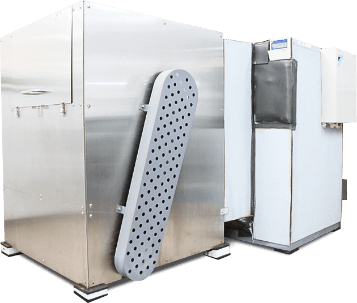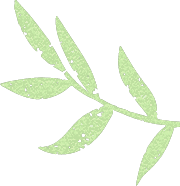Non-heated mill sterilization is a non-heated sterilization system that uses static electricity generated from rotary friction inside of a powder sterilizer.
It is possible to sterilize while maintaining the color and aroma of health food ingredients, powders such as matcha (Green tea), and various powder ingredients. For the heat-resistant bacteria, spore-forming bacteria, water-soluble extract powder, etc. that could not be sterilized by conventional sterilization technology and the raw materials with a general bacterial count of 10,000,000 / g or more and coliform bacteria of 1,000,000 / g or more. this Non-heated mill sterilization technology can sterilize up to the number of bacteria that comply with the Food Sanitation Law.
In addition, since it is carried out by dry sterilization, it is compatible with highly hygroscopic materials such as extract powder manufactured by spray drying.

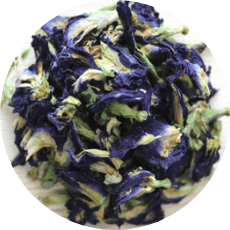 Whole herbs
Whole herbs Cut and shifted
Cut and shifted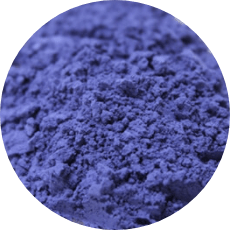 Sterilized powder
Sterilized powder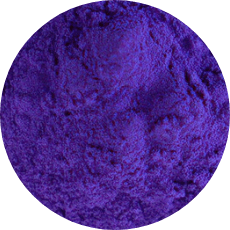 Extract powder
Extract powder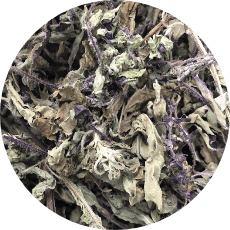 Whole herbs
Whole herbs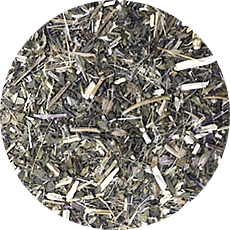 Cut and shifted
Cut and shifted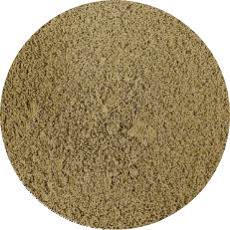 Sterilized powder
Sterilized powder Whole herbs
Whole herbs Sterilized powder
Sterilized powder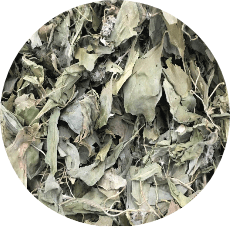 Whole herbs
Whole herbs Sterilized powder
Sterilized powder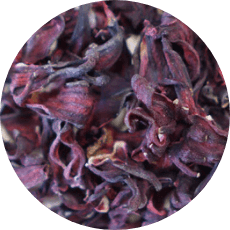 Whole herbs
Whole herbs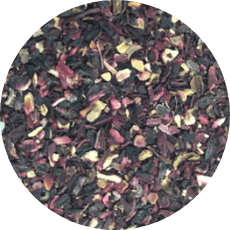 Cut and shifted
Cut and shifted Sterilized powder
Sterilized powder Extract powder
Extract powder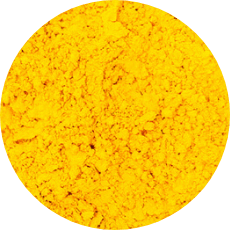 Sterilized powder
Sterilized powder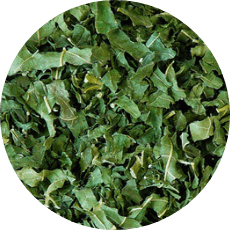 Whole herbs
Whole herbs Sterilized powder
Sterilized powder